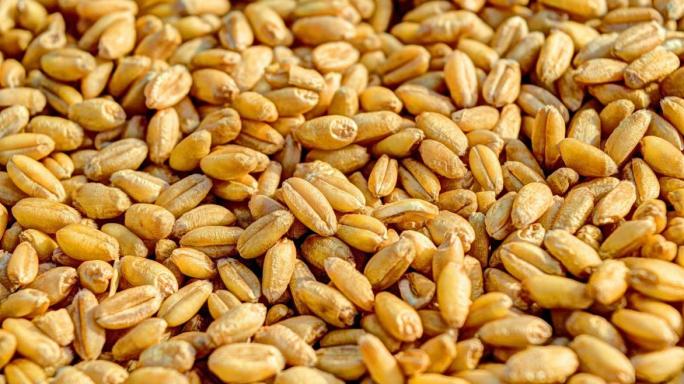- HOME
- /
- Health & Wellness
- /
- Wellness
- /
What's the Deal With Wheat?
A close look at the recent escalation of intolerance towards this staple
 Pexels
Pexels
Wheat is listed among the top eight food allergens. A wheat allergy is an adverse reaction to one of the hundreds of proteins found in wheat and can be fatal. But less than one per cent of the world’s total population is actually allergic to wheat. What is more common is a sensitivity or intolerance to a protein called gluten which is found in grains such as wheat, oats, barley and rye.
Gluten is composed of two main elements—gliadin and glutenin—and is responsible for the elasticity of dough. Coeliac disease is an autoimmune condition in which gluten causes chronic inflammation of the gut, which leads to malabsorption of nutrients. The symptoms can be diverse, ranging from diarrhoea to growth problems.
However, only 50 per cent cases may present typical symptoms. More common symptoms include weight loss, lethargy, osteoporosis, mouth ulcers and mental health issues like depression, anxiety and irritability. Coeliac disease can creep up on anyone, especially those who are genetically predisposed, and is diagnosed through a simple blood test.
Another form of sensitivity to wheat called non-coeliac wheat sensitivity (NCWS) has also been identified. It is important to understand the difference between these conditions even though they may all respond to a diet free of gluten. NCWS describes individuals who experience symptoms similar to those with coeliac disease, yet lack the same antibodies and intestinal damage. They have a high prevalence of extra-intestinal or non-gastrointestinal symptoms such as headache, ‘foggy mind’, joint pain and numbness in the legs, arms or fingers.
Why this sudden rise?
The alarming increase in coeliac disease and gluten-related disorders in the last decade has led to much speculation. It seems that the dramatic changes in the symptoms and presentation of both conditions are a result of the new cereal hybrids that have been introduced into our diet. Sophisticated hybridization techniques have been used to produce new strains of wheat, which could be high-yielding, high-gluten and disease- or pest-resistant. These have made their way into our food supply in the absence of studies regarding their impact on humans. It is believed that these newer varieties are highly immunogenic—substances that produce an immune response in the body. Physically too, modern-day wheat looks like a dwarf grass compared to the tall grass it used to be. It bears little resemblance to the traditional varieties, even in terms of its chromosomal uniqueness.
The difference is not just physical. Disease-triggering gluten proteins are indeed expressed to higher levels in the modern varieties. Other factors such as total gluten intake, use of fertilizers and pesticides and genetic susceptibility may also determine development of coeliac disease and gluten sensitivity. While improved diagnosis certainly is a factor, it cannot alone explain the current epidemic of coeliac disease.
With the increasing recognition of ill health associated with modern wheat, farmers, agriculturists, those in the food industry, government officials and consumers may need to adapt to the new requirements. But self-diagnosis and going off gluten can lead to misdiagnosis. It is ideal to seek professional help. Although gluten-free diets are gaining popularity and are a must in combating coeliac disease, non-coeliac gluten intolerance and some other conditions, they cannot become a fad.
Ishi Khosla is a Delhi-based senior clinical nutritionist and founder of the Celiac Society of India.






